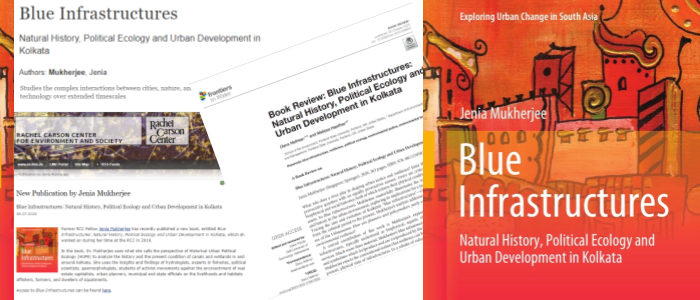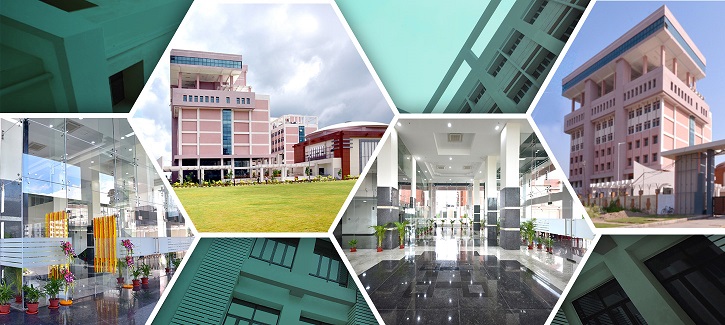
Book Review: Blue Infrastructures by Dr. Jenia Mukherjee
Dr. Jenia Mukherjee, Assistant Professor at the Department of Humanities and Social Sciences, IIT Kharagpur, has published a pioneering volume on Kolkata’s ecological history - Blue Infrastructures: Natural History, Political Ecology and Urban Development in Kolkata. Sponsored by ISIRD, SRIC, IIT Kharagpur, this book is a strong manifestation of interdisciplinary research on the urban environment. The author focuses on Kolkata, formerly the colonial capital of and currently a major megacity in India, in terms of its extensive blue infrastructures, i.e., its rivers, canals and wetlands as an integrated composite whole. "I have tried to unfold ways in which this reclaimed…

